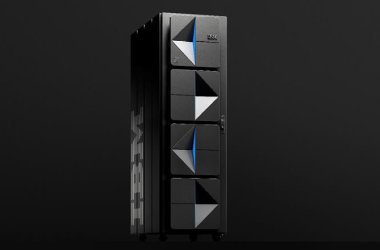Worldwide IT spending is projected to total $3.7 trillion in 2018, an increase of 4.3 percent from 2017 estimated spending of $3.5 trillion, according to the latest forecast by Gartner.

Enterprise software and IT services continue to exhibit strong growth, with communications services continuing to drive the majority of spending. Software spending is projected to grow 8.5 percent in 2017, and it will grow another 9.4 percent in 2018 to total $387 billion. IT services spending is on pace to grow 4 percent in 2017 to reach $931 billion, and increase 5.3 percent in 2018 to reach $980 billion.
The devices segment is expected to exhibit growth for the first time in two years with an increase of 5.3 percent in 2017 and 5 percent in 2018. Increased average selling prices for premium phones in mature markets, partially due to the introduction of the iPhone 8 and 10, along with an underlying demand for PCs from businesses replacing their machines with Windows 10 PCs is driving the growth in this segment.
While all IT spending segments are expected to experience growth in 2017, Gartner has identified 10 markets within these segments that will make up the most dynamic portion of the IT spending forecast in 2018.
“Looking at market opportunity — how profitable a market is, how big it is and how fast is it growing today and for the next five years — we have identified the top markets that companies should be looking to be part of in 2018,” said John-David Lovelock, research vice president at Gartner. “Global IT spending is showing little overall growth, as are traditional markets. These top 10 markets will be the key to remaining relevant and achieving growth in the future.”
These 10 markets — including three cloud segments (infrastructure as a service [IaaS], integrated platform as a service [iPaas] and communications platform as a service [cPaaS]) — range from technologies that enhance the digital workplace, such as work stream collaboration, workforce analytics and video message-oriented middle ware (MOM), to security (endpoint detection and response), analytics (smart data discovery) and storage (in-memory data grids). All are tied to enabling and enhancing an enterprise’s digital transformation efforts.
“The IT buying landscape is changing: Digital business transformation is an effort to create connected, platforms and new industry revenue streams,” added Lovelock. “Organisations that are not creating new digital business models or new ways to engage constituents or customers, are falling behind. Those vendors that do not move more quickly than their clients, will be left behind.”





